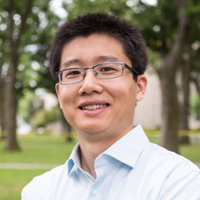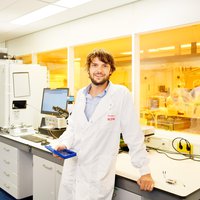Nanotechnology & materials
Haotian Wang
His “green chemimal engineering” produces chemical products from carbon dioxide and renewable electricity

China
Kai Liu
He developed a series of smart materials to keep lithium-ion batteries safe

China
Ling Li
Unique design strategies for multifunctional biological materials, greatly expanding our knowledge of natural materials

Europe
Yoeri van de Burgt
He combines neural networks with microfluidic sensors to help detect cancer metastasis earlier, more efficiently, and non-invasively

China
Jianyu Li
He makes biological materials closer to human tissue
